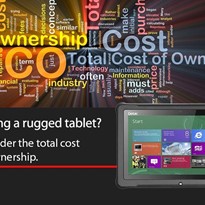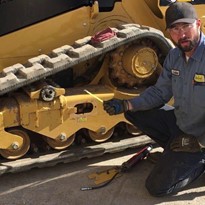When integrated with OEE, TPM can significantly enhance the effectiveness and efficiency of production processes in the FMCG packaging industry.
Five key aspects of TPM are listed below.
1. Proactive and Predictive Maintenance
Key Benefit: Reducing Unplanned Downtime
TPM emphasises proactive maintenance activities, such as regular inspections and preventive maintenance, to prevent equipment failures before they occur. By scheduling and performing maintenance activities during planned downtime, companies can ensure that equipment is available and performing optimally during production hours. This proactive approach reduces the occurrence of unexpected breakdowns, improving the availability component of OEE.
More recently, some manufacturers are even adopting predictive maintenance methods, using sensing technology, machine learning and AI technologies to alert of a pending machine failure. These solutions rely on line integration systems supported by AI algorithms that analyse large data pools, typically cloud-based.
Example: On a liquid filler installed at a beverage company, a critical packaging machine at the bottom of the V-Curve*, sensors to measure current, vibration and heat are deployed in order to predict machine failure, thus triggering early maintenance intervention. And by implementing TPM on less critical machines, the company schedules regular maintenance checks and replaces worn parts before they fail, resulting in a reduction in unplanned downtime.
2. Employee Involvement
Key Benefit: Enhancing Equipment Performance
One of the core principles of TPM is involving employees at all levels in maintenance activities. This involvement fosters a sense of ownership and accountability among operators, leading to better care and operation of equipment. Operators who are trained to perform basic maintenance tasks can quickly address minor issues before they escalate into major problems, further improving equipment performance and quality.
Example: Operators are trained to perform daily equipment checks and basic maintenance tasks, such as lubrication and calibration adjustments. This proactive approach allows operators to identify and resolve minor issues quickly, preventing them from causing significant performance losses.
Some advanced line management software solutions can even restrict the commencement of production of a new SKU until all necessary maintenance and quality checks have been acknowledged on the line control interface.
3. Continuous Improvement
Key Benefit: Sustaining Long-Term Improvements
TPM encourages a culture of continuous improvement, where employees are empowered to identify and address inefficiencies.
By regularly reviewing OEE data and implementing improvement initiatives, companies can continuously enhance their production processes.
This iterative approach ensures that productivity, quality, and cost reduction gains are sustained over the long term.
Example: A cross-functional team reviews OEE data and identifies that a particular machine frequently operates below its designed speed. The team investigates the issue, finds a mechanical problem, and implements a fix, resulting in a sustained improvement in the machine’s performance.
When packaging lines have an integrated Line Management Execution System (LMES), they are deeply networked to each packaging machine on the production line, typically gathering fault, warning and stoppage data according to OMAC Pack ML standards. This allows comprehensive OEE reporting, providing a hierarchy with accurate causes of OEE concerns.
4. Comprehensive Training
Key Benefit: Ensuring Consistent Quality
Effective TPM programs include comprehensive training for all employees on equipment operation and maintenance.
This training ensures that employees have the skills and knowledge needed to perform their roles effectively.
Well-trained operators are better equipped to maintain equipment, troubleshoot issues, and ensure consistent quality, directly contributing to higher OEE scores.
Example: A packaging company implements a training program for all operators, focusing on equipment operation and basic maintenance tasks. As a result, operators can quickly identify and resolve quality issues, reducing defects and rework.
Advanced packaging machines include intuitive HMIs that display videos that instruct operators on how to perform the required maintenance task. Other methods becoming more available are databases of maintenance and operation manuals held in the cloud and quickly accessed via a smartphone scan of a QR code placed on the packaging machine.
5. Structured Problem-Solving
Key Benefit: Targeted Improvements
TPM provides a structured framework for addressing the root causes of OEE losses.
By integrating TPM with OEE measurement, companies can systematically identify, prioritise, and address issues impacting equipment availability, performance, and quality.
This structured approach ensures that maintenance and improvement efforts are aligned with overall production goals, maximising the benefits of OEE.
Example: Through TPM, a company identifies that a significant portion of downtime is due to a recurring electrical issue. By analysing the root cause and implementing a targeted solution, the company eliminates the issue, significantly improving equipment availability.
Total Productive Maintenance (TPM) is a powerful strategy for enhancing the benefits of measuring Overall Equipment Effectiveness (OEE) in the FMCG packaging industry.
By emphasising proactive and predictive maintenance, employee involvement, continuous improvement, comprehensive training, and structured problem-solving, TPM can significantly improve equipment availability, performance, and quality.
Thinking you need a bit of TPM in your operations?
First, you'll need to ensure the data you're working with is accurate. Our OEE expertise can help with this.









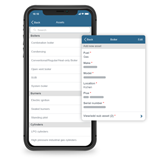

-160x160-state_article-rel-cat.png)




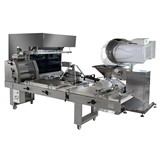




-160x160-state_article-rel-cat.png)
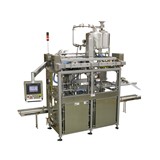
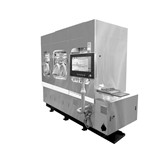
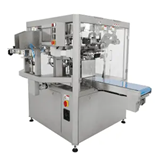
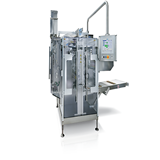
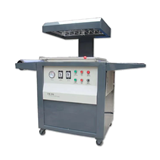

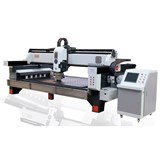

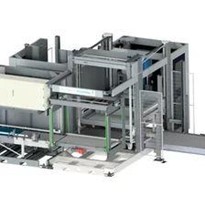







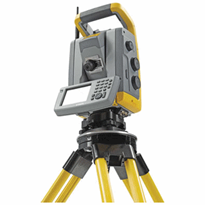
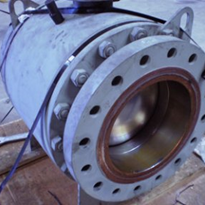


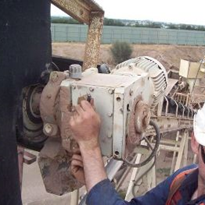
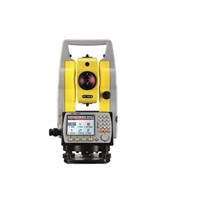
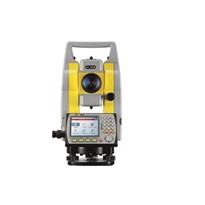
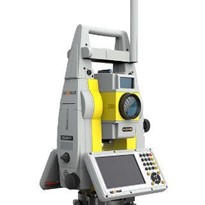


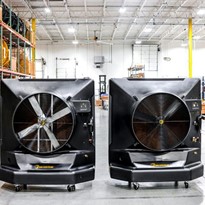
-205x205.jpg)

